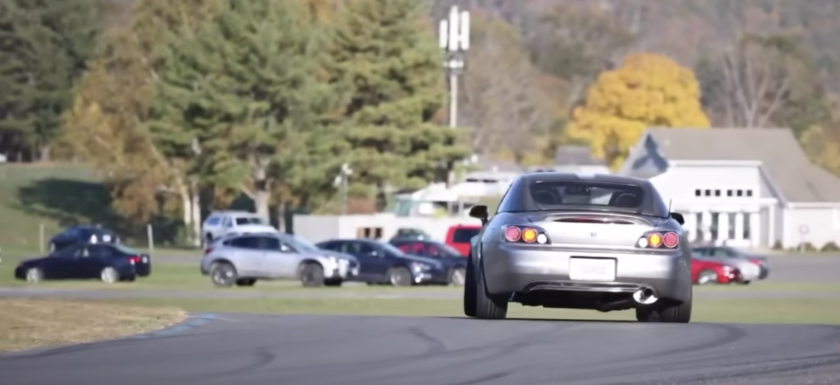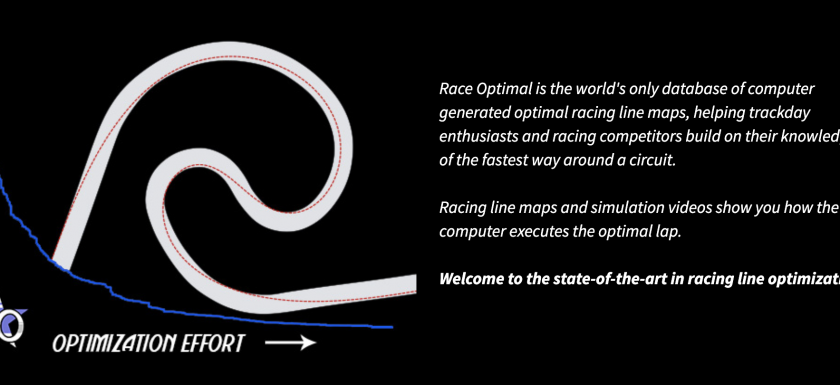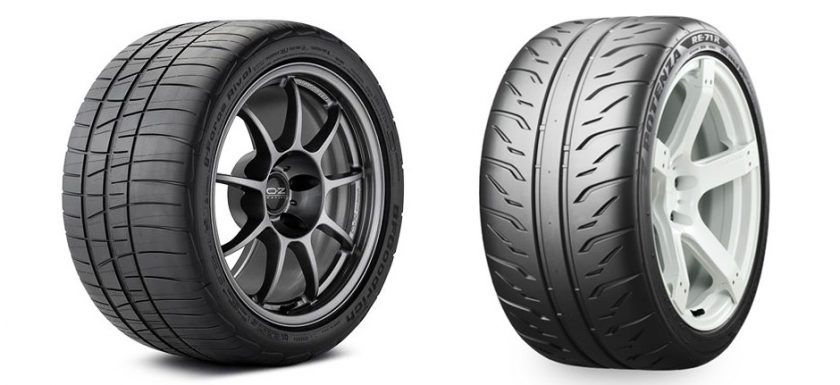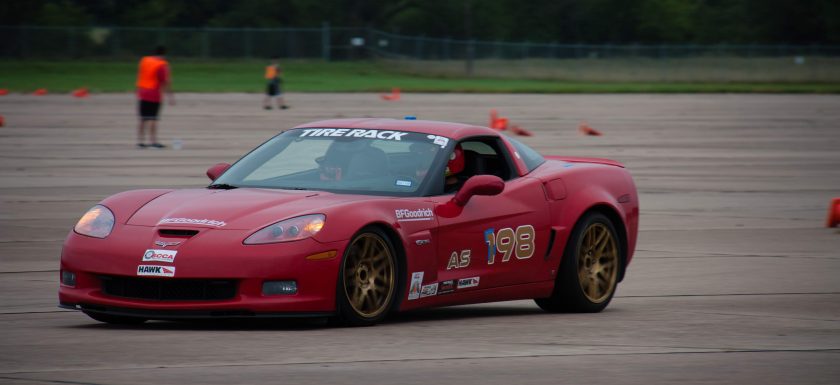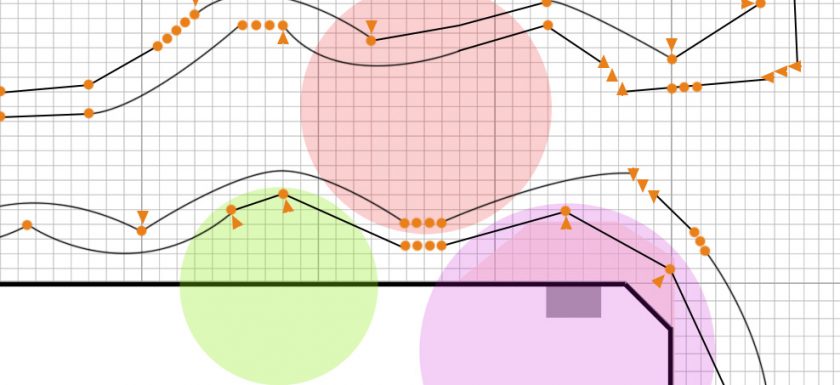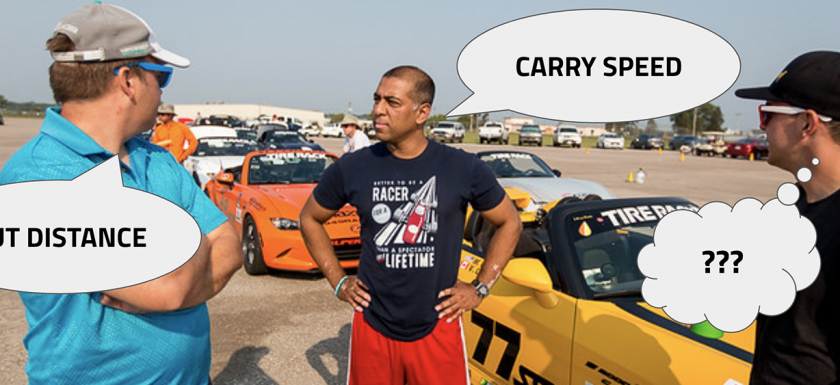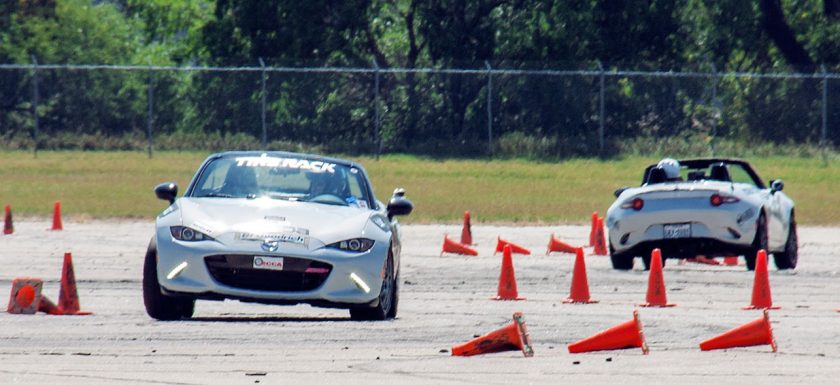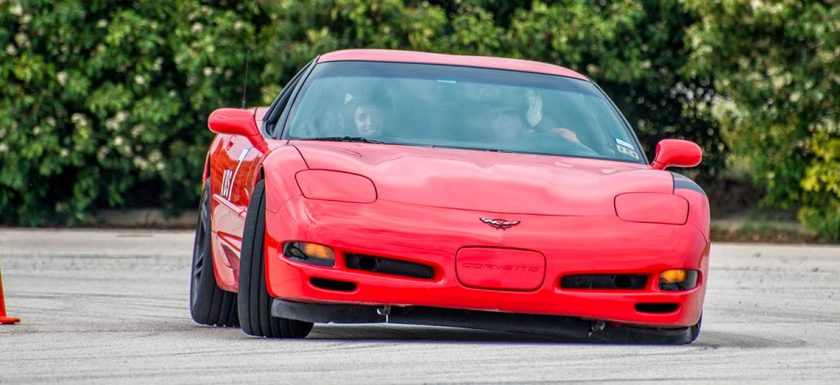All about slip angles
All contests of speed involve making use of (and enjoying the feeling of) g-forces. Different types of vehicles create those forces in different ways; airplanes rely on jet thrust and aerodynamic forces, motor boats rely on turbine thrust and displacement of water, and cars rely on the grip generated by the tires. For any performance driver, understanding how tires work is critical to our ability to extract and use the maximum forces they have to offer. Understanding slip angle “Slip angle” may be one of the most misunderstood terms in performance driving. Here are some things that slip angle is NOT: Slip angle is simplyRead More →

